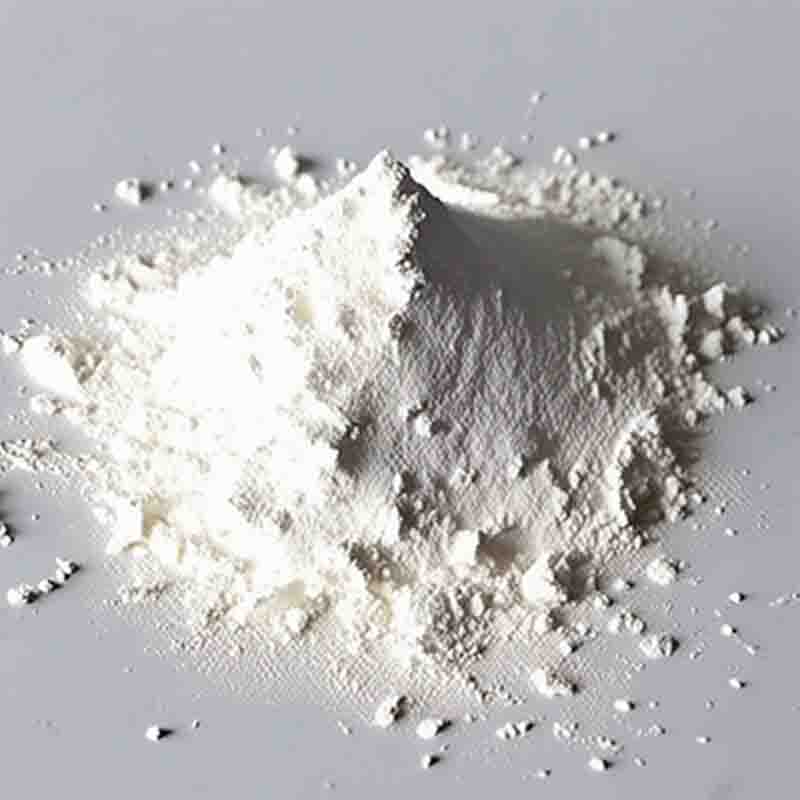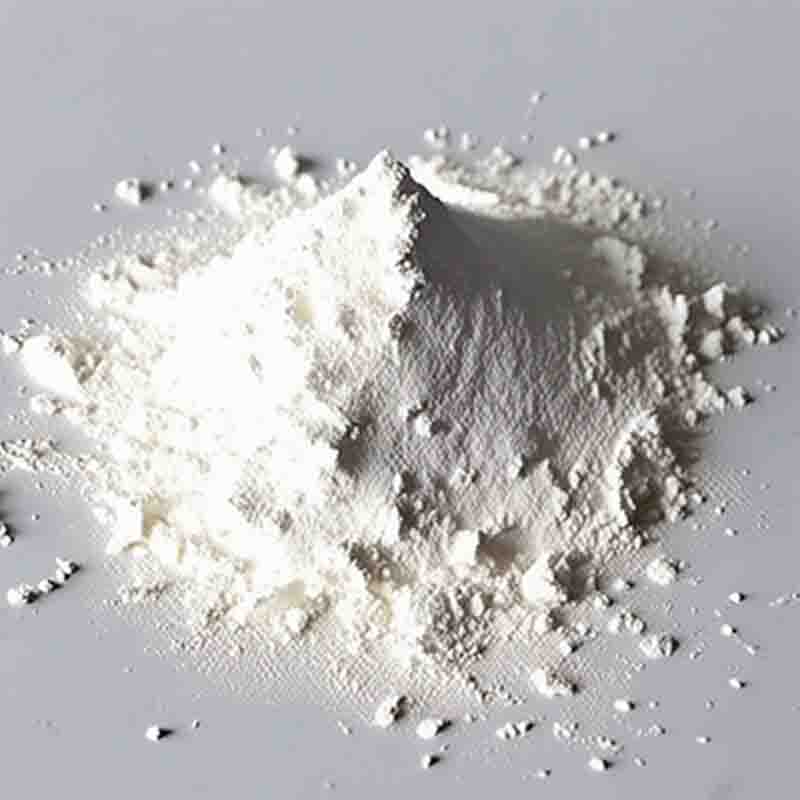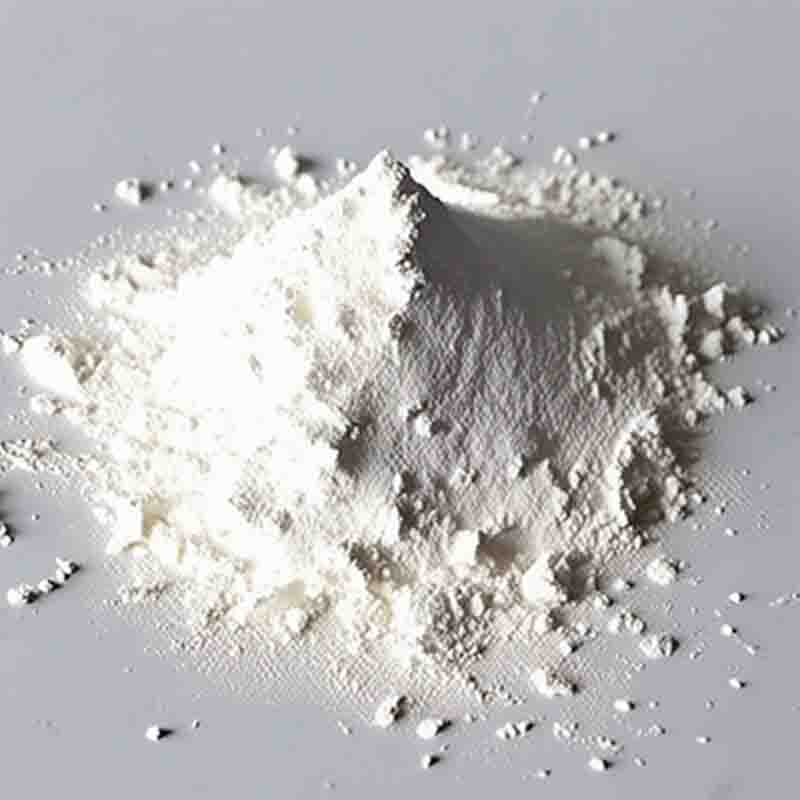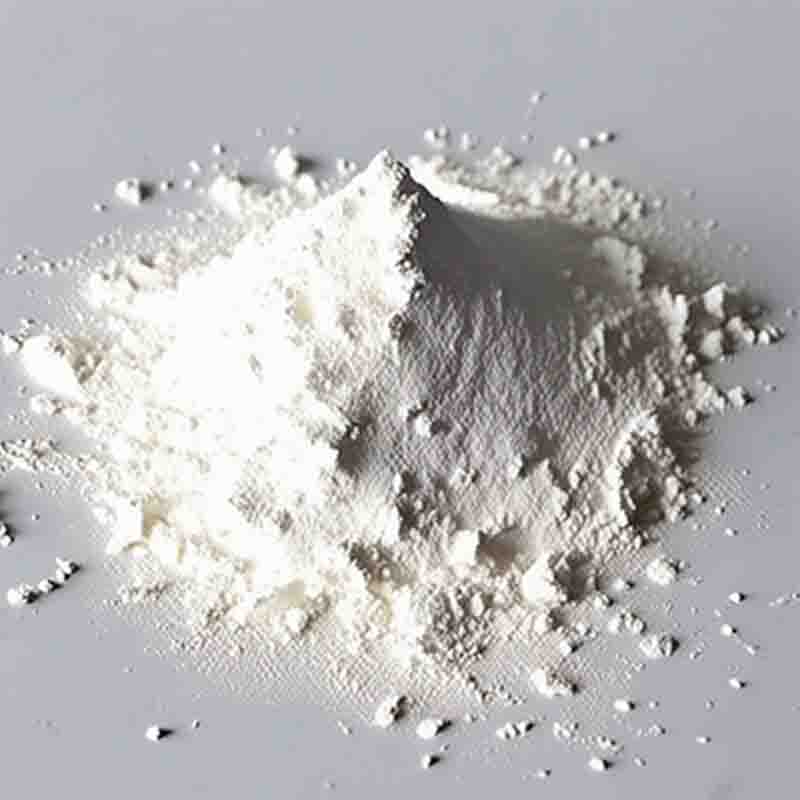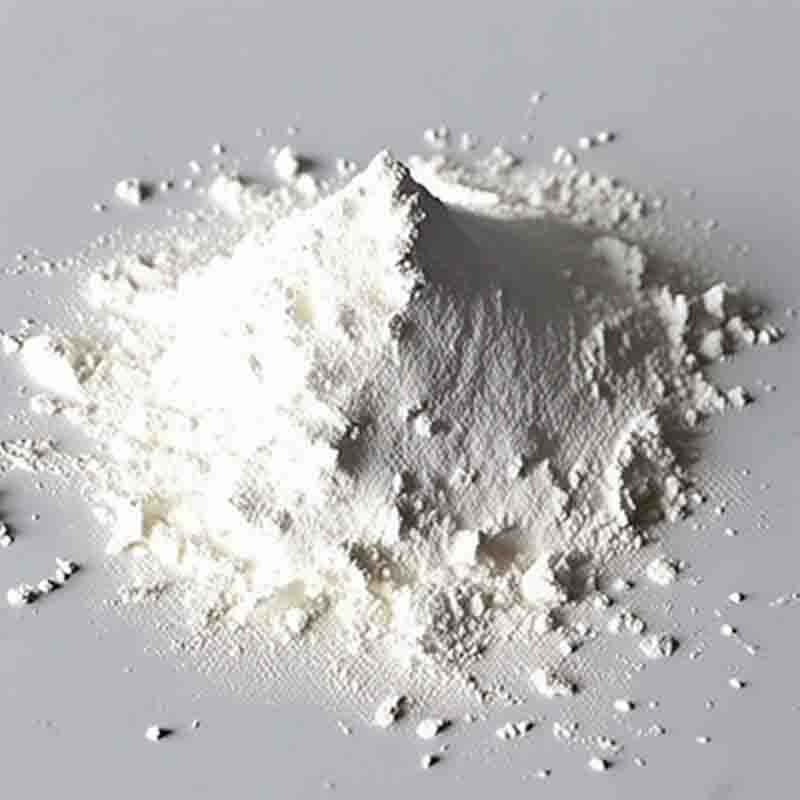2-Butenoyl chloride CAS: 14205-39-1
| Catalog Number | XD91271 |
| Product Name | DL-Tyrosine |
| CAS | 556-03-6 |
| Molecular Formula | C9H11NO3 |
| Molecular Weight | 181.18 |
| Storage Details | Ambient |
| Harmonized Tariff Code | 29225000 |
Product Specification
| Appearance | White powder |
| Assay | 99% min |
2-Butenoyl chloride, also known as crotonoyl chloride, is an important chemical compound with the molecular formula C4H5ClO. It is a colorless to pale yellow liquid that is widely used in various industrial applications, primarily in the field of organic synthesis.One of the main uses of 2-butenoyl chloride is as a key building block in the synthesis of pharmaceuticals and agrochemicals. Its reaction versatility and ability to undergo various chemical transformations make it an essential intermediate in the production of a wide range of active pharmaceutical ingredients (APIs) and crop protection chemicals. It can be used to introduce the 2-butenoyl functional group into target molecules, enabling the synthesis of compounds with specific biological or pesticidal activities.2-Butenoyl chloride is also extensively used in the production of fine chemicals and specialty compounds. It is employed as a reagent in various organic transformations such as acylation, alkylation, and condensation reactions. These reactions allow chemists to introduce the crotonoyl moiety into complex molecules, thus creating new compounds with desired properties. This compound is particularly valuable in the synthesis of fragrance and flavor chemicals, where the crotonoyl group is often present in the molecular structure.In addition, 2-butenoyl chloride finds applications as a versatile reagent in laboratory research and development. It can be utilized in the modification of existing compounds or the synthesis of novel molecules. Its reactivity enables chemists to introduce functionalities or create complex chemical scaffolds, which can further be explored for their biological, catalytic, or material properties. Furthermore, 2-butenoyl chloride is a valuable tool in the study of organic reactions and their mechanisms, aiding in the advancement of chemical science.When handling 2-butenoyl chloride, it is vital to exercise caution and follow proper safety guidelines. It can be corrosive to the skin, eyes, and respiratory system and should be used in a well-ventilated laboratory setting with appropriate personal protective equipment. The compound should also be stored in a cool, dry place away from sources of ignition or incompatible substances to ensure its stability and prevent accidents.In summary, 2-butenoyl chloride is a significant chemical compound used in various industrial applications, primarily in organic synthesis. Its versatility as a reagent allows for the introduction of the crotonoyl moiety into target molecules, making it valuable in the production of pharmaceuticals, agrochemicals, fine chemicals, and specialty compounds. Additionally, its role in laboratory research and development contributes to the advancement of chemical science. Adherence to safety protocols when handling and storing 2-butenoyl chloride is crucial to ensure safe and effective use.


